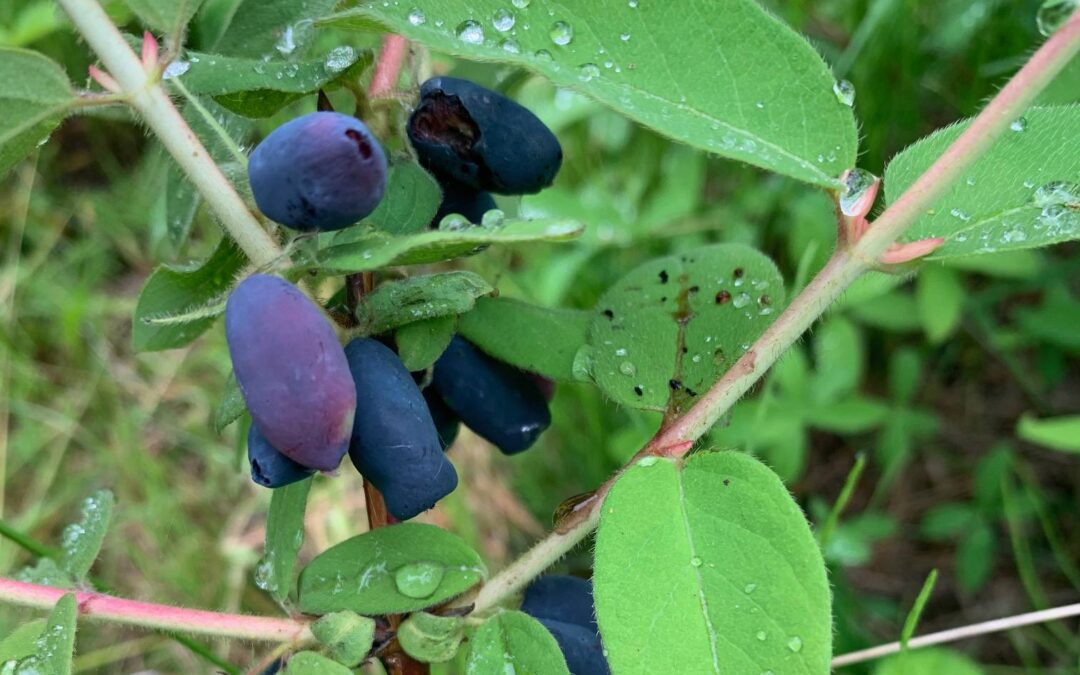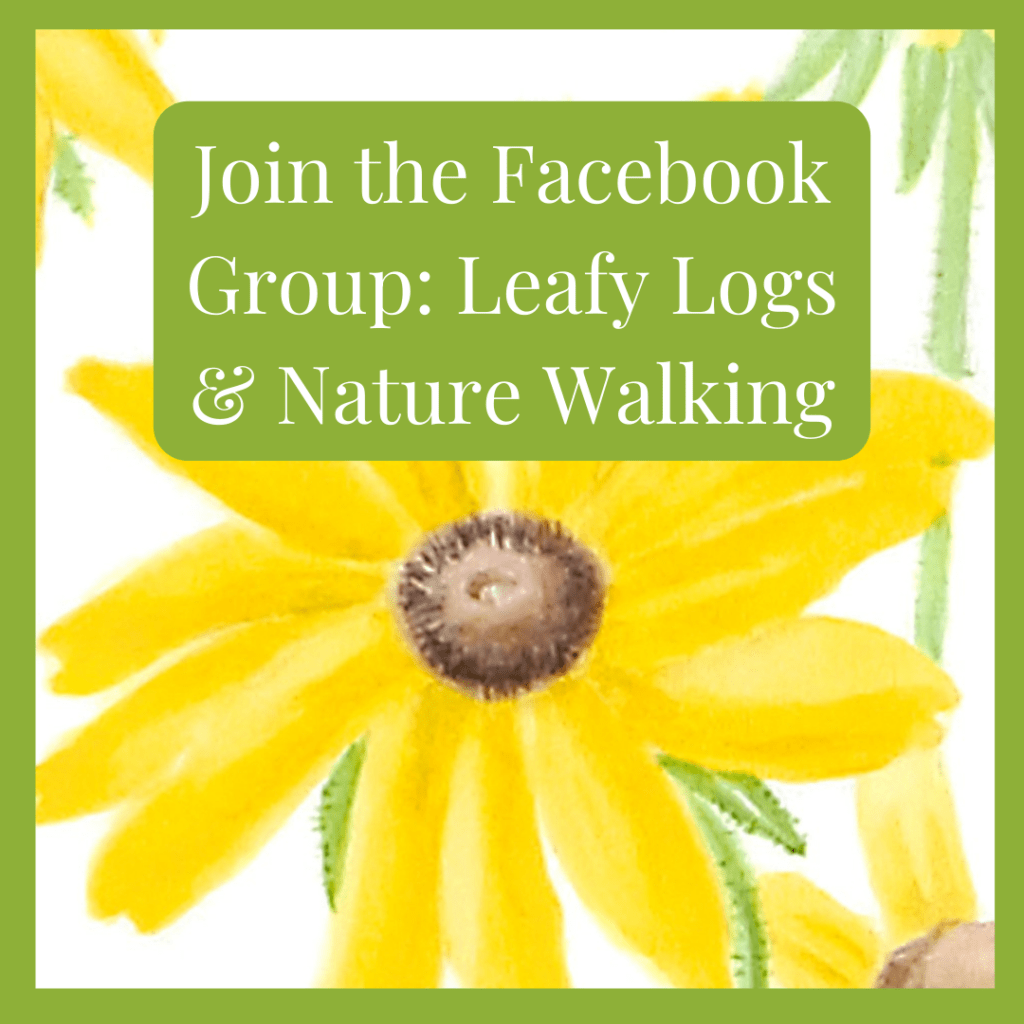A little black bear disappeared quickly into the forest next to the trail where I was walking to my garden. Goldilocks would have been distressed, as he wasn’t away from home long enough to visit the bears’ and taste his porridge. Besides, I think he was checking out the blueberries that are ripening in my garden.
Do you think Goldilocks likes blueberries, too? Blueberries attract lots of pollinating bees when they bloom in the early summer. And later they attract bears and people. So probably we will have to wait for the blueberries to ripen and then Goldilocks and the bears will return to gather berries. Goldilocks will have her little basket, and the 3 bears will have big furry paws. Goldilocks will open the gate to enter the garden. The bears will pop over the fence.
The fence helps to keep the deer away from the garden. In the winter the deer will eat the blueberry plants that are outside the fence. The plants won’t have any berries in winter, but they will have new leaf buds on their branches. In January the deer are very hungry. New leaf buds are a succulent treat in the winter when food is scarce.
Neither Goldilocks nor the 3 bears have discovered the honey berries that are growing nearby. They are almost ripe and would make a good breakfast for Goldilocks and the bears. Honey berries are blue and oval. They grow on a honeysuckle bush. These haskap honey berries were developed in Russia, but are now sold in the United States. They like the cold climate here in northern Wisconsin, too. Their honeysuckle flowers mature into berries and ripen into a sweet berry.

Like blueberries, they have antioxidants and vitamin C., which pleases Goldilocks. She and her bear friends will enjoy them on porridge 2-3 weeks before the blueberries ripen. The trick is not to pick them when they are still sour tasting. If her lips pucker when she eats them, they are not yet ripe. Someone will have to tell Goldilocks to be patient.
Who pollinates the honey berries? These haskap fruits (Lonicera caerulea) started out as honeysuckle flowers. They bloomed when it was above freezing, but still cold and wet. Hummingbirds usually pollinate honeysuckle and there are many bees and other insect pollinators that visit these flowers. Pollinators usually favor native plants. Our haskap honeysuckle is native to Russia. So will they attract the usual native honeysuckle pollinators here?
They may attract Goldilocks and the 3 bears, but probably not native pollinators. Native honeysuckle, unlike haskap flowers are very attractive to many pollinators, and it does have a small berry after the flower has finished blooming. Little animals enjoy snacking on this hidden fruit. Native honeysuckle will create a flowering perennial vine. These haskap honeysuckles are non-native perennial bushes in North America, so their pollinators may be fewer than pollinators for the native honeysuckle flowers.
Two or three weeks after the haskap berries ripen, the native blueberries will be ripe. I know that Baby Bear will be back when the blueberries are ripe. If he recognized the berry plants today, he will know when to return. Goldilocks is probably not as well informed as the bears. She will have to visit the 3 bears just at the right time in order to have blueberries on her porridge. Good luck Goldilocks!


